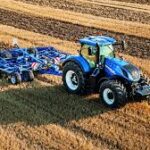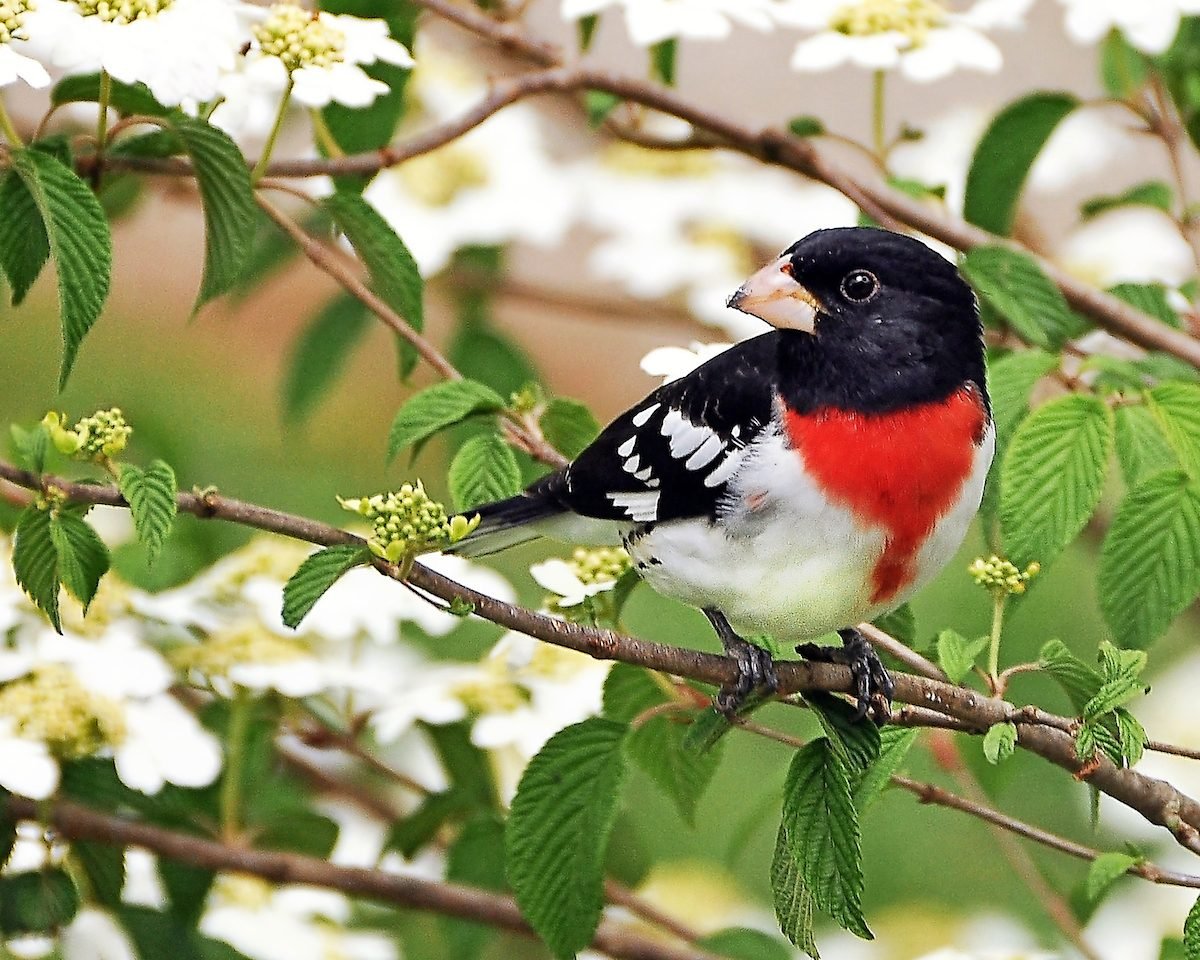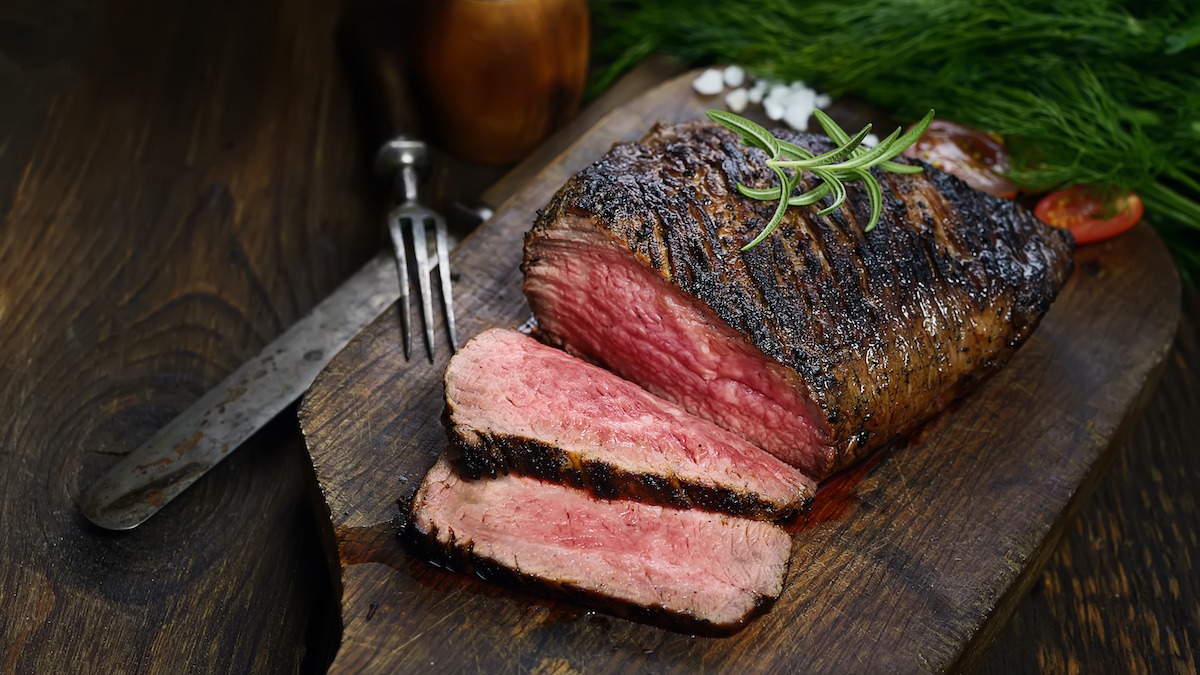Spring transforms cities into vibrant stages for avian activity, as migrating birds return and resident species begin nesting. Urban bird photography offers a unique challenge—capturing wild beauty amid concrete and crowds. With the right techniques, even novice photographers can turn their local park or balcony into a rich canvas for stunning bird portraits. Here’s how to refine your skills and document urban avian life this season.
Understanding Urban Bird Behavior
Success begins with studying your subjects. City birds adapt differently than their rural counterparts—pigeons navigate sidewalks, sparrows nest in storefronts, and raptors hunt atop skyscrapers. Learn their routines: dawn choruses near water features, lunchtime scavenging in plazas, or dusk gatherings at roosting sites. Apps like Merlin Bird ID help recognize species by song, while local birding groups share real-time sightings. Patience is key; returning to the same location builds familiarity with individual birds’ patterns.
Gear for the Concrete Jungle
Urban settings demand versatile equipment. A DSLR or mirrorless camera with a 200-400mm lens balances portability and reach, while smartphones paired with clip-on telephoto lenses work for casual shooters. Pack a lightweight tripod for stability in tight spaces, and consider a camouflage lens wrap to blend into park environments. Noise-reduction headphones help you detect subtle bird calls amid traffic, and a folding reflector can bounce light onto shaded subjects.
Composition Amid Chaos
Turn urban clutter into compelling frames. Use architectural lines—bridges, railings, or brick patterns—to lead the eye toward your subject. Contrast feather textures against graffiti or glass reflections for modern storytelling. Shoot through chain-link fences or between buildings to create natural vignettes. When backgrounds overwhelm, widen your aperture (f/4-f/6.3) to blur distractions while keeping the bird sharp. Silhouettes against sunrise-lit skyscrapers or motion-blurred wingbeats against subway trains add dynamism.
Mastering Light in Unpredictable Environments
City light bounces unpredictably off surfaces. Overcast days soften shadows for even exposures, while golden hours amplify iridescence on pigeon necks or starling wings. Position yourself so the sun illuminates the bird’s eye—catchlights add life to portraits. For backlit subjects, use exposure compensation (+1 to +2 stops) to avoid underexposing feathers. At noon, seek open shade under trees or awnings where birds escape the glare.
Ethical Practices for Urban Birds
Respect trumps the perfect shot. Avoid flushing nesting birds or overcrowding fledglings learning to fly—use zoom instead of approaching. Never bait owls with live mice or disrupt migratory stopovers. In parks, stay on trails to protect ground-nesting species. Share locations discreetly to prevent overcrowding, and consider using eBird’s sensitive species alerts. Your photos can advocate for urban wildlife; tag local conservation projects to raise awareness about habitat threats.
Post-Processing for Urban Moods
Editing enhances urban bird stories. Lift shadows to reveal feather details in dim alleyway shots, or add subtle vignettes to mute distracting signage. Tools like Topaz Denoise AI clean up high-ISO images from dawn shoots. For a cohesive series, apply presets that enhance the city’s palette—cool tones for metallic perches, warm filters for brick-backdrop sparrows. Retain authenticity; slight motion blur or grain can convey the energy of urban wildlife survival.
Building a Urban Bird Portfolio
Curate images that showcase adaptation. A series might contrast a hawk’s stoic perch on a fire escape with delicate finches at a sidewalk puddle. Submit work to urban wildlife contests or Instagram hashtags like #CityBirdsProject. Collaborate with local parks to exhibit images that inspire conservation—a heron fishing in a storm drain speaks volumes about habitat resilience. Over time, your portfolio becomes a document of how birds carve out lives in our shared spaces.
Spring’s brief window offers endless frames where wild meets wire. Urban bird photography isn’t just about capturing beauty—it’s about seeing cities anew through winged eyes. With observation, creativity, and respect, your lens can reveal the extraordinary ordinary: a world where falcons nest on cathedrals and sparrows thrive in subway grates. Grab your camera; the concrete jungle is calling.
Visit these links for similar information :
https://fat-aus.com/
https://neuroinfancia.org/
https://reworkinglunch.org/
https://samplesalesites.com/
https://bionatrolcbdoil.net/
https://nagercoilhomechurch.com/
https://homesture.com/
https://mehryanatravel.net/
https://nacfnews.com/
https://malnadnews.com/
https://mexicobreakingnews.com/
https://fivestarhomeventures.com/
https://thetellynews.com/
https://northeasthome.info/
https://homeguidehq.com/
https://sekilaspoker.net/
https://thesafepad.co.uk/
https://mapsmentoring.co.uk/
https://hydroponichomemade.com/
https://famagusta-news.com/
https://mattramsey.org/
https://thcmarketingsettlementclaim.com/
https://cbdnaturallifestyles.com/
https://benedictquinn.co.uk/
https://veriqual.co.uk/
https://kelapasawitnews.com/
https://futurefringe.co.uk/
https://successlookslikeyou.co.uk/
https://swisshospitalityeducation.com/
https://csfcycleforlife.org/










